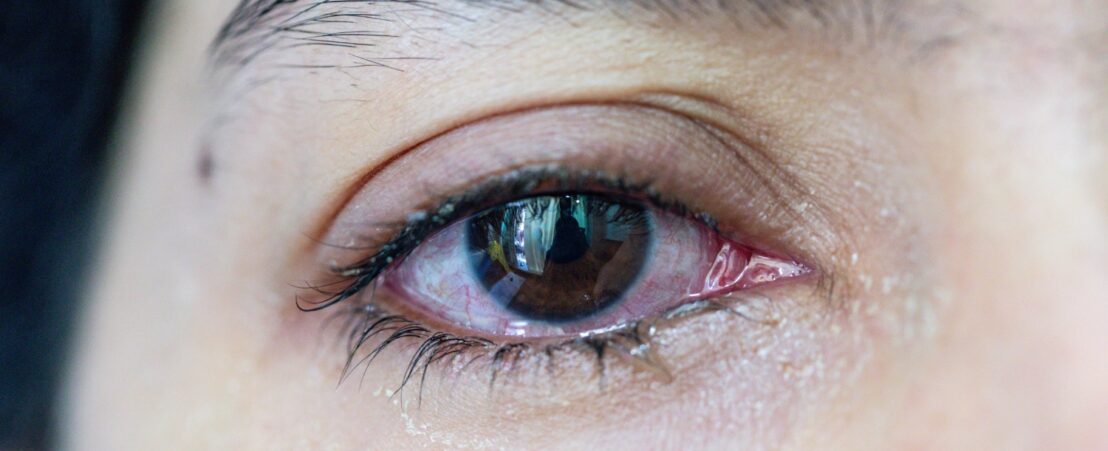
Do you have a red eye, sensitivity to light, blurred vision, or other eye discomfort, and are wondering whether you might have uveitis or pink eye? Some people confuse the two conditions and misdiagnose themselves due to their similar symptoms. Below, we highlight some key aspects to consider in order to differentiate uveitis from conjunctivitis (pink eye).
However, the most important thing when experiencing symptoms is to always visit an ophthalmology clinic, where the medical team can thoroughly examine the patient, make an accurate diagnosis, and propose the most appropriate treatment. In these cases, it is often recommended to go to the emergency room and inform the center in advance if there is a suspicion of conjunctivitis, as it can be highly contagious and requires additional precautions.
Uveitis is the inflammation of the uvea, a middle layer of the eye, which can cause damage to vital ocular tissue. The condition is usually long-term, occurring either continuously or in cycles of several months or even years.
The causes of uveitis are not always clear; it may be due to a genetic predisposition, a previous infection that reached the ocular cavity, an eye injury, or even an unknown cause.
Like conjunctivitis, uveitis is often first noticed by the person affected because of a red eye, which may or may not be accompanied by pain and other symptoms.
Treatment for uveitis will vary depending on the case, but may involve antibiotic, antiviral, or corticosteroid medications, administered orally, as eye drops, or even through intravitreal injections.
| Symptoms | Uveitis | Conjunctivitis |
|---|---|---|
| Red (or pink) eye | ✓ | ✓ |
| Pain | sometimes | sometimes |
| Sensitivity to light | ✓ | ✓ |
| Blurry vision | ✓ | ✓ |
| Eye floaters | ✓ | X |
| Gritty feeling | X | sometimes |
| Burning feeling | X | ✓ |
| Tearing | X | ✓ |
| Eyelid swelling | X | ✓ |
| Presence of pus or mucus in the eyes | X | ✓ (bacterial cause only) |
Conjuntivitis or pink eye is also an inflammation, of the conjunctiva in this case, the membrane covering the eye.
Unlike uveitis, the causes of conjunctivitis are clearly identifiable and may be a virus, a bacterium, or an allergy. Except in the case of allergic conjunctivitis, it is a condition that spreads very easily, so it is recommended to follow hygiene and lifestyle guidelines to prevent transmission.
In most cases, conjunctivitis resolves on its own within 5–20 days, so it does not require specific treatment, although certain eye drops can help relieve its symptoms. In cases of bacterial conjunctivitis, antibiotics may also be prescribed.

Contact us or request an appointment with our medical team.